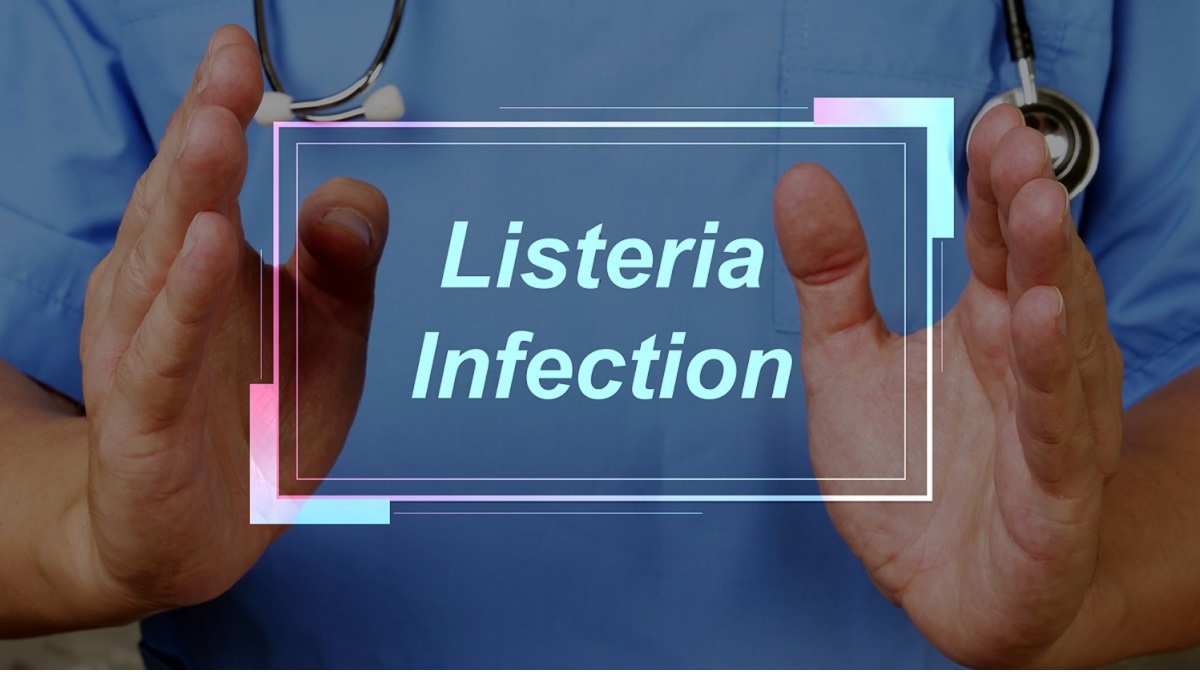
Scientists have developed formal risk assessment models for Listeria monocytogenes in certain foods.
The models need to be tested and reviewed before being made public, said experts at a meeting organized by the World Health Organization (WHO) and the Food and Agriculture Organization (FAO) of the United Nations.
Findings come from a Joint FAO/WHO Expert Meeting on Microbial Risk Assessment (JEMRA) of Listeria monocytogenes in foods in October. The focus was on leafy greens, frozen vegetables, cantaloupe, and ready-to-eat (RTE) seafood. A summary has been released but a full report will be published later as part of the FAO and WHO Microbiological Risk Assessment (MRA) series.
Outbreaks of listeriosis continue to occur globally, with some linked to previously unreported food vehicles, such as leafy greens, melons, frozen vegetables, and ready-to-eat fish.
Data needed for models
Following recommendations from JEMRA in 2021, Codex — an organization that determines international food safety standards — is looking to update guidance on the control of Listeria monocytogenes in food.
Laurent Guiller, from ANSES in France, chaired the meeting and said it allowed scientists to develop the structure of four listeriosis risk assessment models.
“For three of them, the starting point is the contamination by Listeria monocytogenes at the primary production stage. We also worked collectively to establish a method to integrate genomic data. The expert group’s approach is flexible. It opens the way for different users around the world, with different levels of information, to evaluate the effectiveness of control measures along the production chain up to consumption,” Guiller said.
Scientists said the primary production (pre-harvest) module should enable assessment of the introduction of the pathogen in raw materials, taking into account the effects of season, agrifood practices, and climate change. The possibility of cross-contamination and recontamination from primary production to consumption should also be considered.
The dose-response model will be adapted from existing models that consider variability in pathogen virulence and consumer susceptibility. The inclusion of whole genome sequencing (WGS) and other -omics data on Listeria monocytogenes may also inform risk assessments.
Experts said an analysis should be performed to identify which model inputs and assumptions have the greatest impact on the outputs. More data on Listeria in the food chain from different sampling and testing schemes is also needed.
Key areas for lettuce and other leafy greens
For leafy greens, production steps including irrigation, fertilization, and other on-farm management practices impact the occurrence of Listeria and could be modeled. Relevant stages for the risk assessment include growth in a field, controlled environment or hydroponics, harvesting, cooling, washing, sanitizing, cutting, packaging, transportation steps, display at retail, and consumer practices.
Any model should measure the effectiveness of the prevention of contamination by soil/irrigation water, the efficacy of washing with or without sanitizers, the prevention of cross-contamination along the production chain, good hygiene practices during processing, the efficacy of sampling schemes, and the impact of different consumers’ practices related to handling and storage.
These points were also raised for cantaloupe. Experts said the risk assessment should consider cross-contamination at pre-harvest, at processing due to pooling of fruits from other producers, food contact surfaces, equipment or dicing, at retail, and at the consumer level from contamination from rind to flesh during slicing. They added the effect of time and temperature in the supply chain was also important to include.
Frozen vegetables and seafood
Relevant stages in the frozen vegetable risk assessment include cleaning, washing, blanching, freezing, packaging, retail display, and consumer practices such as defrosting, cooking, and non-intended use. The assessment should measure the effectiveness of blanching or other inactivation steps pre- or post-packing, prevention of contamination post-blanching, and efficacy of sampling schemes.
Hot- and cold-smoked and gravad fish represented the RTE seafood model. The risk assessment should be flexible to accommodate other RTE fish products in the future like sashimi or ceviche.
Cross-contamination should be in the model because fish is produced in several steps, either in one plant or multiple facilities in different countries. The effect of lactic acid bacteria cultures on the control of Listeria should be evaluated in the risk assessment and it should consider raw materials with different levels of contamination.
Earlier this year, FAO and WHO published a report as part of the MRA series on Listeria monocytogenes in ready-to-eat foods. A meeting in 2020 identified several gaps in the FAO/WHO risk assessment model and agreed updating it would be valuable to inform risk analysis strategies.
Another MRA series report covered control measures for Shiga toxin-producing E. coli (STEC) associated with meat and dairy products. There is no single solution to control STEC in all situations. Instead, multiple interventions at several points in the supply chain will be most effective.
(To sign up for a free subscription to Food Safety News, click here.)
